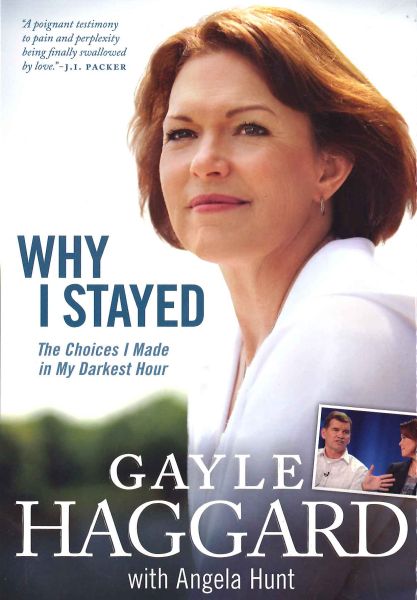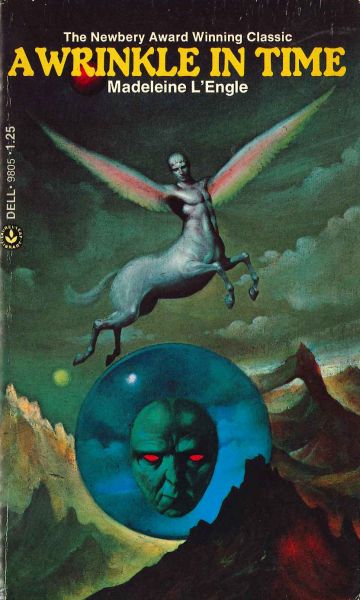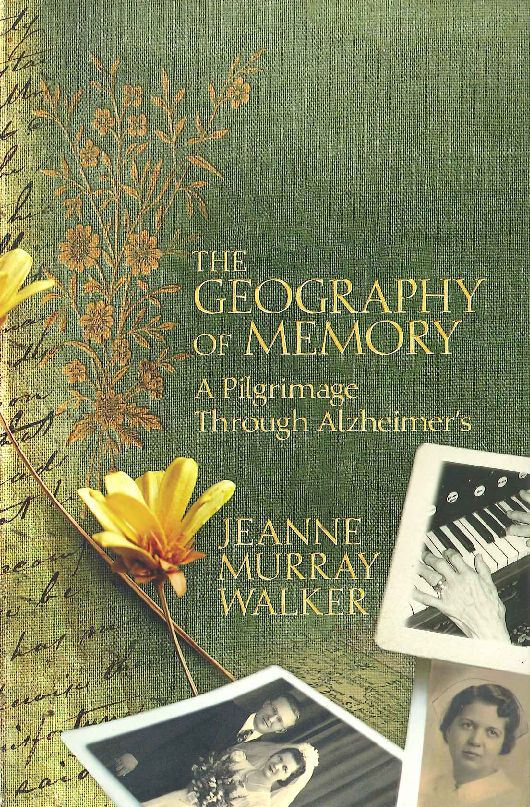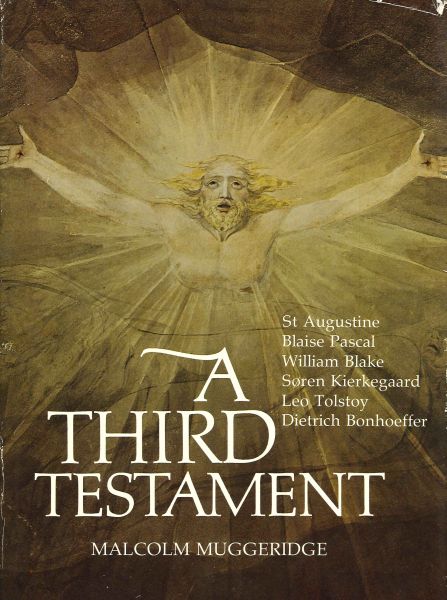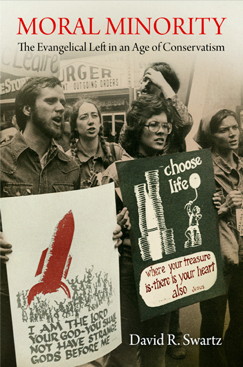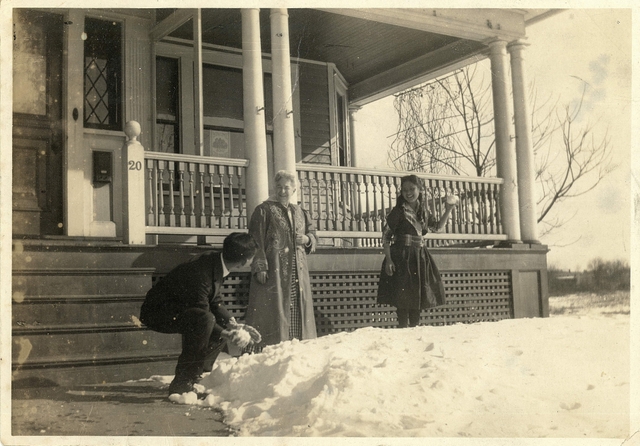 I have always enjoyed being outside—as a little girl swaying in the tops of evergreens while hiding from my siblings, or lying in sweet-smelling grass looking for shapes in the summer clouds. I visit past moments often in my heart—times when I walked near the ocean that my soul became closely attuned to hearing myself think and God speak.
I have always enjoyed being outside—as a little girl swaying in the tops of evergreens while hiding from my siblings, or lying in sweet-smelling grass looking for shapes in the summer clouds. I visit past moments often in my heart—times when I walked near the ocean that my soul became closely attuned to hearing myself think and God speak.
Some folks believe they have to be “earthy” to deeply appreciate Creation. Not so. We all desperately need the healing balm of nature—a display that can calm and simplify our lives while drawing us nearer to our Creator.
Henri Nouwen suggests in his books The Way of the Heart and Out of Solitude, that we are often motivated by the compulsions of society to measure our self-worth by the many things we can accomplish—some of which are not as necessary as we might think.
I struggle with this compulsion. Yet God’s Creation teaches me about the tension between “being” and “doing.” All things created by God display his glory by simply being what God created them to be. And so, I find myself longing for times of solitude—times of throwing pottery, walking in a park, visiting the ocean bottom, admiring the trees outside my office window, or watching spiders jump along my windowsill.
Nouwen points out that when we let society define us, we take on “false selves.” We get caught up by selfish ambition, doing things that are prestigious and pleasing to our peers, and—so we think—to God. Sometimes in our Christian duty we get the doing part confused with the being part. We think of the things we are to do that will bring him glory more so than what we are to be.
The relationship between being and doing became clearer to me as I related to my sister, Rob, throughout her battle with cancer. Before her illness, I was much better at doing the work of my career than in being there for those who needed me, So, naturally Rob found it difficult to believe that I really cared deeply for her because my work took up so much of my life.
After I turned down two permanent job offers so I could live near her and later took a job in Minnesota near her home, she was finally able to fully realize my love for her.
But more importantly, God began to communicate his love for her through me. Rob eventually moved to Virginia to live with my older sister, Sandy, and I later chose to go there to be with Rob during her last months of life.
During my sister’s battle with cancer, God taught me a lot about the difference between being and doing. I learned what it meant to be myself, to be what God had intended me to be—a channel of his love and grace for Rob. This may not seem like a profound revelation, but it is important for all of us to be reminded that it is not what we do that is most important, but rather what we end up being or becoming.
There is a balance, of course. But God calls us to be his people, to be people who are in close communion with him, and to be our true selves, human beings created in his image to bring glory to him.
The following statement was included at the time of publication (Wheaton Magazine, Summer 1997)
Dr. Nadine Folino, Assistant Professor of Biology earned a bachelor’s degree in biology from the University of Cincinnati, and master’s and Ph.D. degrees in zoology from the University of New Hampshire. She is an enthusiastic marine biologist specializing in invertebrate zoology. Her hobbies include pottety, sports of all kinds biking, skiing, and running-cooking, and camping. Dr. Folino enjoys Creation greatly seeing God’s creativeness expressed in all of earth’s many and varied “critters.”
 The life of Dr. Charles Blanchard (1848-1925), second president of Wheaton College, was nearing its end just when the Modernist/Fundamentalist controversey was heating up. These hotly divisive years presented stiff challenges to conservative Christians as traditional assumptions were routinely overthrown or mocked. Is the Bible flawed? Is evolution true? Is scripture merely a collection of fictional morality tales? These questions, then as now, plagued educational institutions across the nation. Eventually the battle lines were drawn – and Dr. Blanchard made it very clear where he stood, as evidenced by these words from the Preface of his book, Visions and Voices: Or Who Wrote the Bible (1917):
The life of Dr. Charles Blanchard (1848-1925), second president of Wheaton College, was nearing its end just when the Modernist/Fundamentalist controversey was heating up. These hotly divisive years presented stiff challenges to conservative Christians as traditional assumptions were routinely overthrown or mocked. Is the Bible flawed? Is evolution true? Is scripture merely a collection of fictional morality tales? These questions, then as now, plagued educational institutions across the nation. Eventually the battle lines were drawn – and Dr. Blanchard made it very clear where he stood, as evidenced by these words from the Preface of his book, Visions and Voices: Or Who Wrote the Bible (1917):